
Education is a vital human right, but which countries provide the finest systems for lifelong learning and global opportunities?
In 2025, countries such as the United States, United Kingdom, Canada, and Germany will continue to invest extensively in education, providing students with not only academic achievement but also access to innovation, research, and job-ready skills.
Want to start planning yours or your kid’s education from today? Check out the country’s ranking as one of the best.
How Do We Know If The Educational System Is Good?
So, how do we know or measure the educational system? Here are three indices that determine the best and worst systems.
- The Quality Index
The Quality Index looks at different aspects of country life. It can include
- Education
- Job opportunities
- Economic stability
- Healthcare
- Safety
It shows how good a country is for living, studying, and working.
- The Education Index
In the educational index, it is measured how many years of schooling children receive and the average number of years adults study.
This helps compare how strong and developed the education system is in different countries.
- The Global Opportunity Index
The Global Opportunity Index checks a country’s overall performance. It looks at things like:
- The country’s economy
- Laws
- Financial systems
Top 10 Countries With the Best Education

Planning to migrate to the country but worrying about the best education system for your kids? Check out the countries worth giving a shot:
- The United States of America

The USA is a hub for the most prestigious universities like Harvard, MIT, and Stanford.
Why is the USA known for having one of the best education systems in the world? It no doubt has top universities, but there are also several other factors, like different study programs and a strong focus on research.
American universities not only provide excellent education, but also provide students with a lot of funding. If we talk about the job opportunities for students after graduation, there are plenty of internships and jobs available.
IVY League Schools IN the USA
- Brown University
- Columbia University
- Cornell University
- Dartmouth College
- Harvard University
- University of Pennsylvania
- Princeton University
- Yale University
- Australia
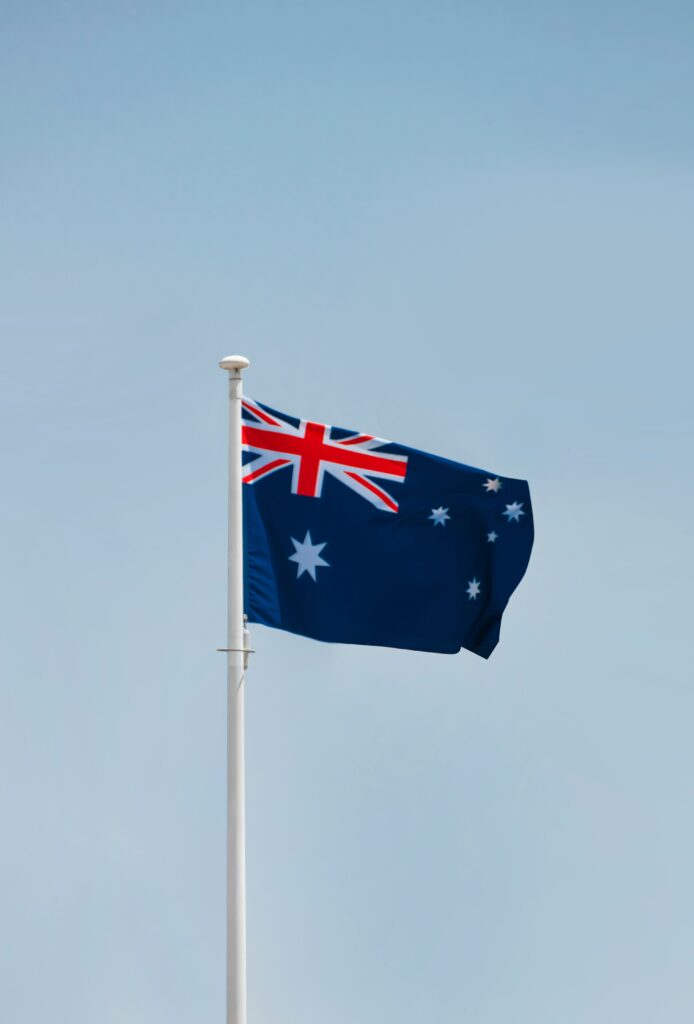
Australia has one of the strongest education systems, which is why it is a top priority for many international students. Many Australian universities are listed among the top in the world, which also shows their high quality.
The University of Melbourne and the University of Sydney stand out among Australian universities in the Subject Rankings. Each institution was ranked in the top 100 for 53 and 52 out of 56 topics, respectively, an achievement unmatched by any other university in the world.
- Germany

Germany, primarily known for its free education (however, for public universities – applies only to EU/EEA or international students at some levels and regions), is also among the top 10 countries with the world’s best education system.
In Germany, students learn both in the classroom and through real work experience. Students get an education, implement it practically, and then get paid as well. As we discussed earlier, studying in Germany is affordable. By affordable, we mean, education is completely cost-free, you just have to pay a semester contribution of around 300 euro. Students can not only research new ideas and develop their skills.
- United Kingdom
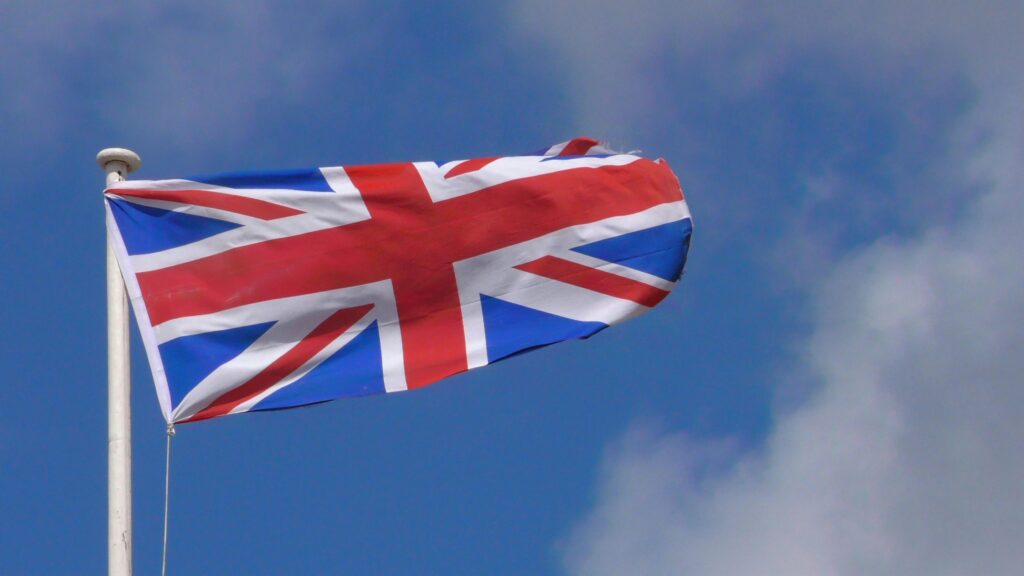
The United Kingdom is like any other country.
One of the unique features of the UK’s education system is that it provides free public education for all children in primary and secondary school. School education is a must from ages 5 to 16.
If you are someone who wants a trusted institution, you can enroll yourself blindly in the Uk’s universities. It is home to some of the best universities in the world as it strongly focuses on education.
- Canada
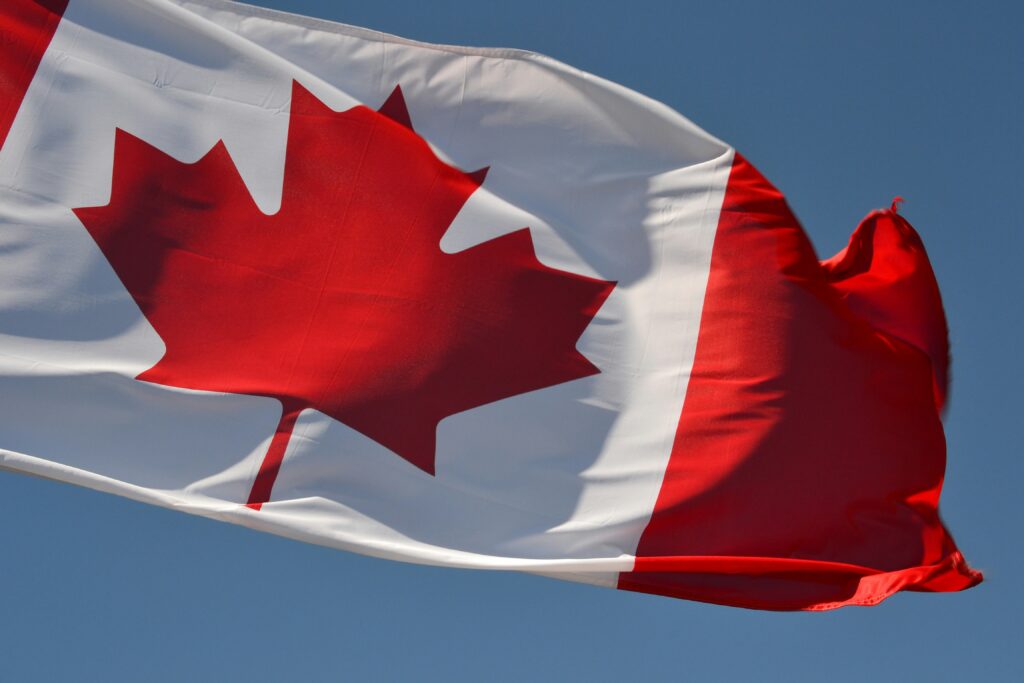
What makes Canadian education so special? The fact that it focus on making education available to everyone. The government, which helps keep education fair and equal for all funds, most schools in Canada.
Canada’s education system includes:
- Public schools
- Private schools
- Community colleges
- Language schools
- Technical institutes
- Universities
- Switzerland

In Switzerland, public schools are funded by taxes and are managed by local authorities. Students can choose their path after finishing lower secondary school, a vocational or academic path.
While many countries emphasize on academic education, in Switzerland, almost two-thirds of young people finish basic vocational training. This combination of vocational school theory and business experience allows for a smooth transition into the labor market, contributing to Switzerland’s relatively low young unemployment rate.
- Japan
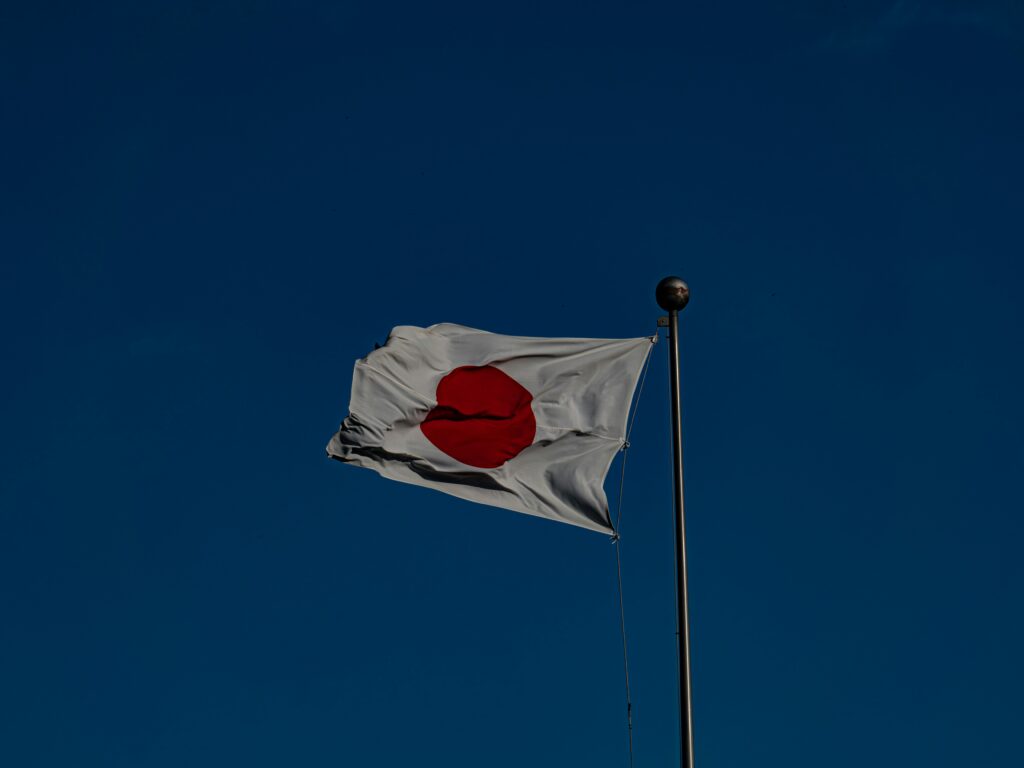
Just like Japanese visas, Japan’s education system is also very strong. One of the reasons is its national curriculum. All the students across the country learn the same things and follow same circulum. A fair and just system for everyone.
Currently, children aged 6 to 15 must attend school. This is referred to as the “9-year compulsory education program”. Education beyond this point is not required; however, over 95% of the youngsters continue on to high school. High school education (three years) is considered part of the obligatory education system. Unlike in the United States, where many high schools are semi-public or private, Japan’s public high schools all have the same tuition and entrance examinations.
- France

The French educational system encourages imagination and innovation while being disciplined and rigorous. Students are taught to question, examine, and draw connections to real-world scenarios.
The French education system is divided into three stages: basic, secondary, and higher education.
The majority of French elementary and secondary schools, as well as a considerable number of universities, are publicly funded institutions with highly centralized administration. Primary and secondary school curricula are standardized across all schools for each grade level.
- Netherlands

Dutch universities are well-known for both teaching and research.
Most universities in the Netherlands offer English courses for many international students who don’t speak Dutch. Education is also quite affordable, so many students can manage the costs.
Universities in the Netherlands offer degrees at three levels:
- Undergraduate
- Postgraduate
- Doctoral
- Sweden
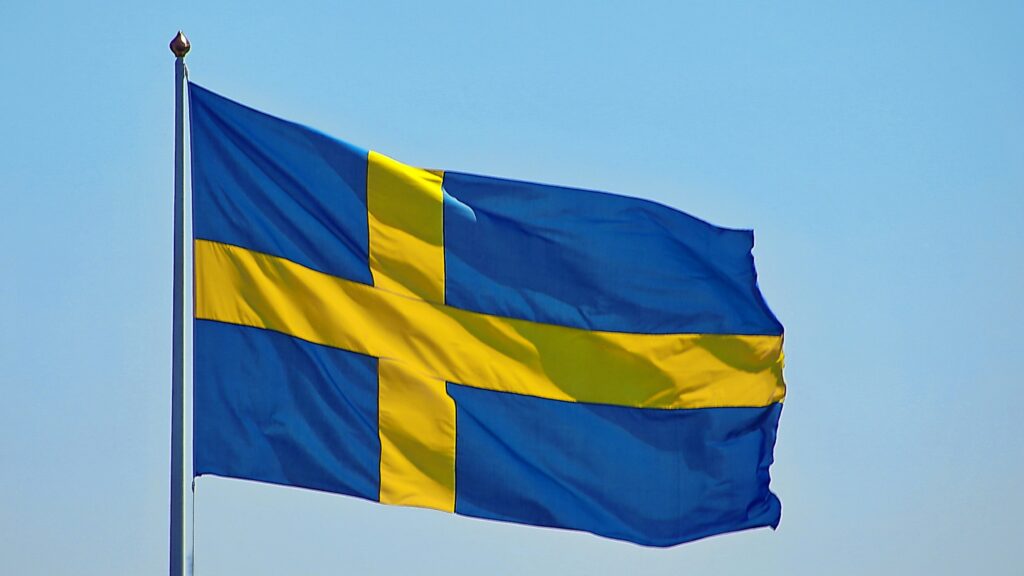
Education in Sweden starts early with preschool for children aged 1 to 5.
A special part of Sweden’s system is that parents can choose any public or private school without paying extra. Sweden is ranked in the top 10 for international education and is known for treating all students equally, no matter their background.
Swedish children have to start school a bit later, and their progress is checked by their own teachers, not through outside exams, which means less stress.
Conclusion
If you want to pursue your education in top-ranked institutions and gain practical learning, these top 10 countries will offer everything.
So, what are you waiting for? Start planning your education journey today!

